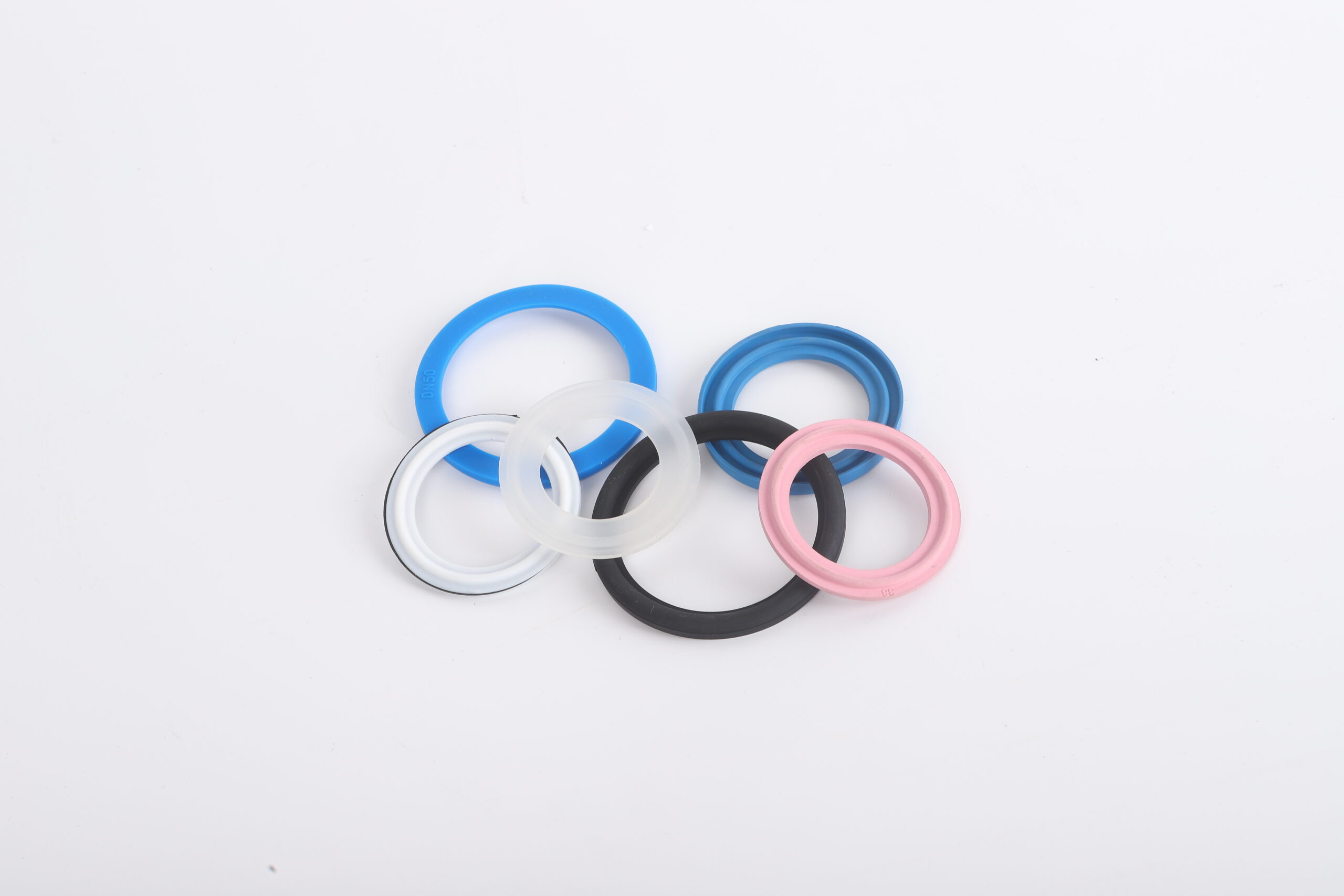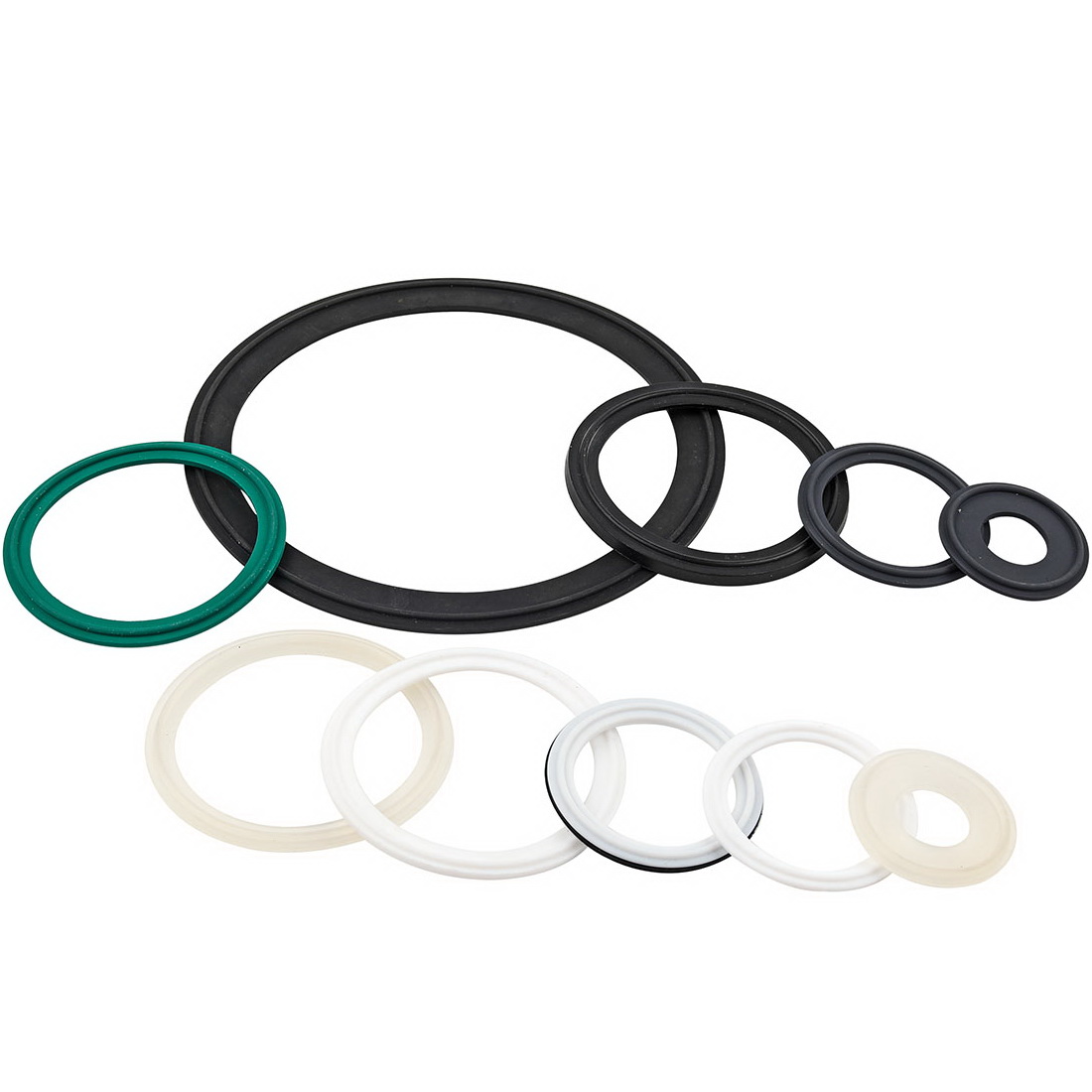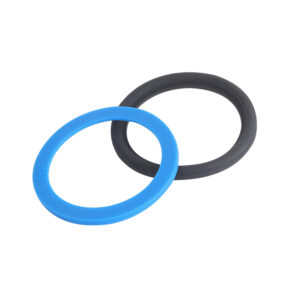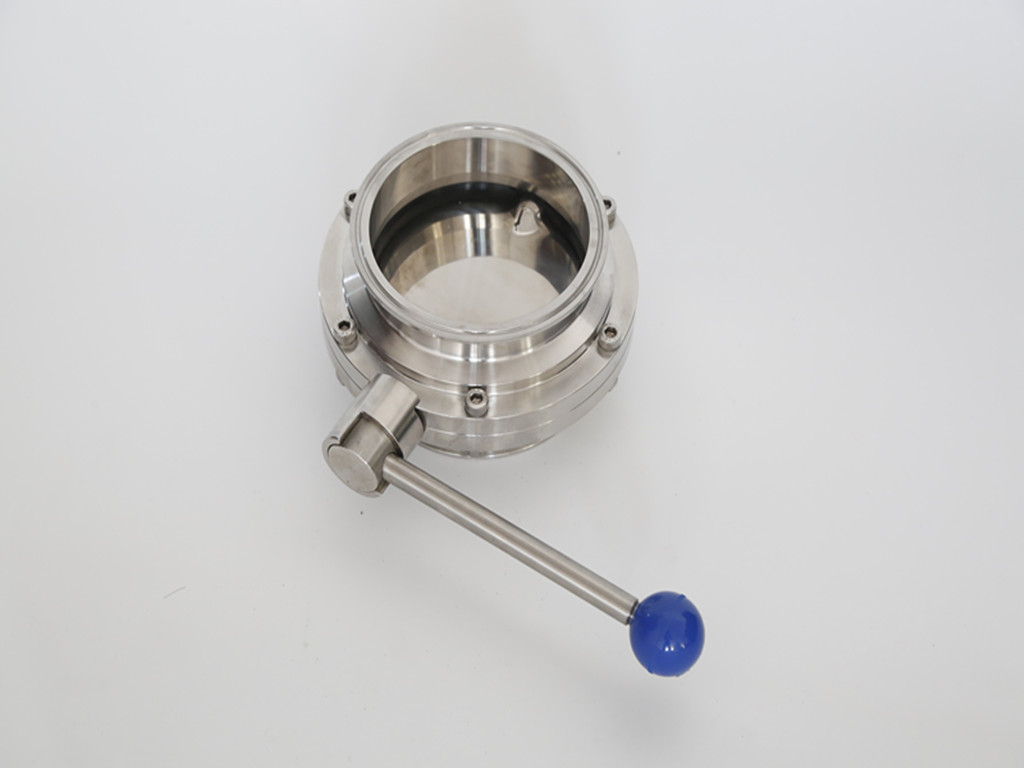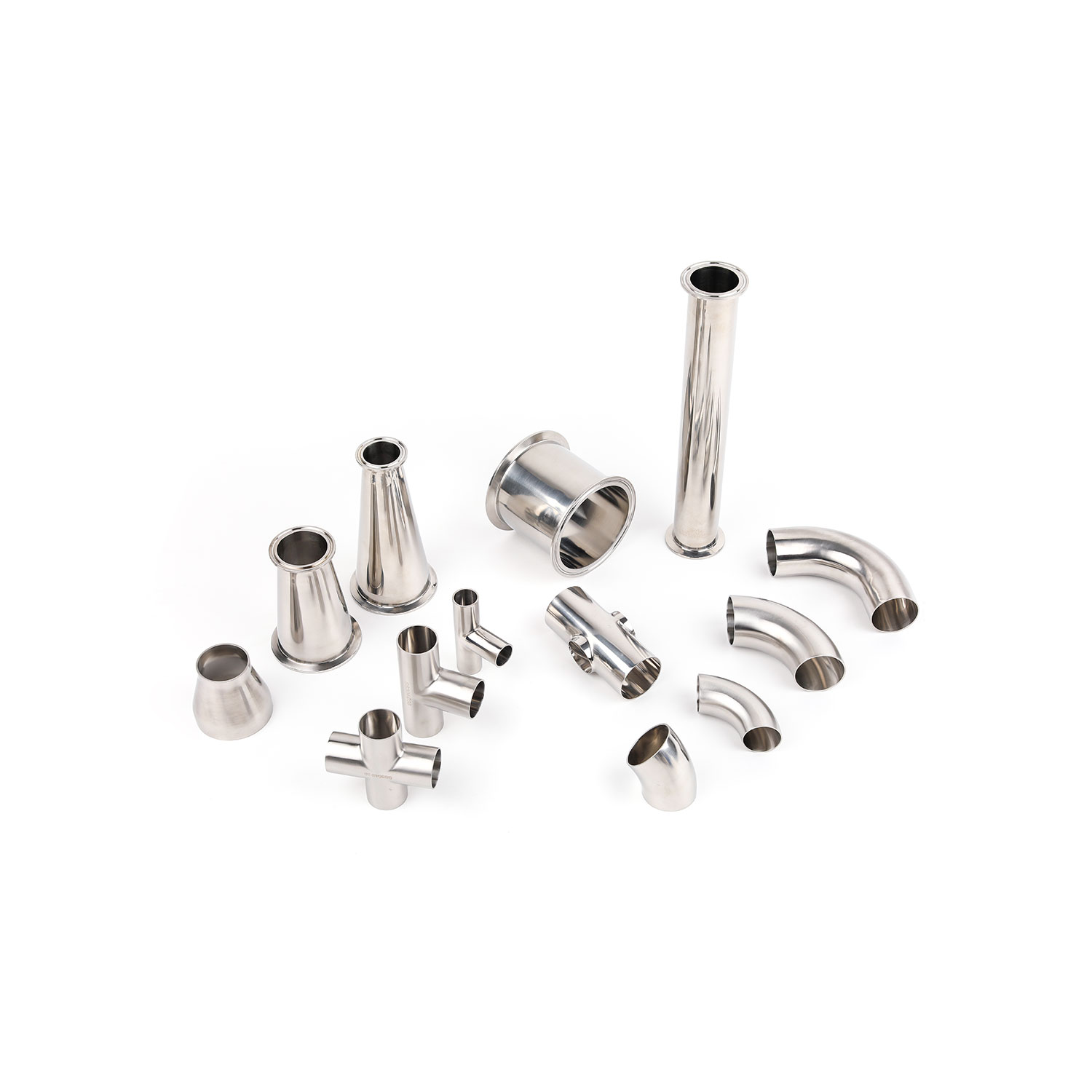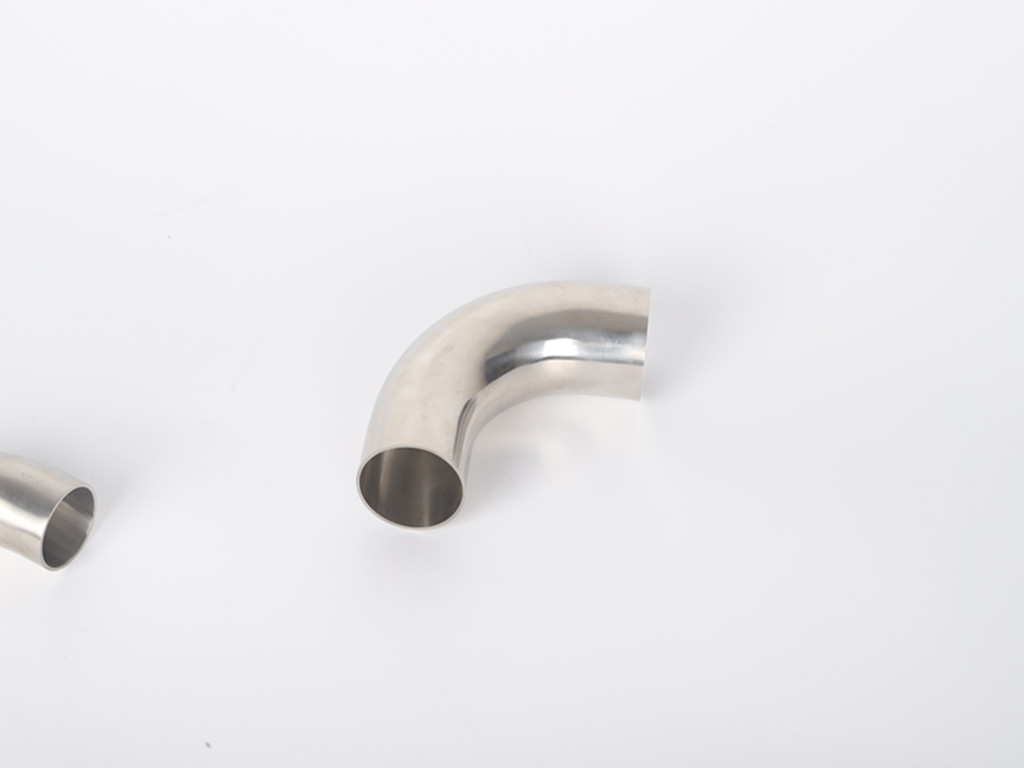Sanitary – grade seals are crucial in food, pharmaceutical, and other fields. They prevent leakage, protecting the environment and resources. They also reduce friction, minimizing equipment wear and extending its lifespan. In harsh conditions like corrosive media or high temperatures, these seals resist corrosion and aging, ensuring stable equipment operation. Moreover, their excellent sealing properties prevent gas or liquid leakage, enhancing production efficiency.
Characteristics of Sanitary – grade Seals
- Material Selection
Material selection is crucial for sanitary – grade seals in harsh environments. Fluoroelastomers and silicone rubbers are common choices. Fluoroelastomers, with great heat and chemical resistance, stay stable in extreme conditions and are popular in chemical and pharmaceutical fields. Silicone rubbers, favored for their heat, cold resistance and biocompatibility, are vital in food and medical device industries.
- Structural Design
The structural design of sanitary-grade seals is crucial for their performance in harsh conditions. Features like a dead – space – free and easy – to – clean design prevent bacteria growth and contamination. A dead – space – free structure reduces dirt buildup, simplifying cleaning and disinfection, while an easy – to – clean design boosts efficiency and cuts costs.
- Performance Requirements
Sanitary – grade seals need to meet multiple performance requirements, like pressure, temperature, and chemical corrosion resistance. Pressure – resistant seals maintain tightness under high – pressure, temperature – resistant ones work well in extreme temperatures, and chemically – resistant ones resist damage from various chemicals. These top – notch performances are fundamental for ensuring equipment runs aseptically in harsh settings.
Requirements for Seals in Harsh Environments
In harsh environments, the requirements for seals are even higher to ensure their normal operation under extreme conditions.
Material selection is crucial. Materials with excellent properties such as fluoroelastomer, silicone rubber, and polytetrafluoroethylene (PTFE) should be selected. These materials possess high and low – temperature resistance, chemical corrosion resistance, and mechanical strength.
The requirements for the size and precision of seals are extremely high. A size mismatch can easily lead to leakage. It is necessary to accurately measure the dimensions of the equipment’s sealing grooves and the seals to ensure a good fit, and the tolerances should comply with national or industry standards.
Hardness is an important indicator for measuring the performance of seal materials. In harsh environments, seals need to have appropriate hardness and good elasticity to ensure sealing performance and wear resistance.
In environments with frequent reciprocating motion or high – speed rotation, seals are prone to damage due to friction and fatigue. They need to have excellent wear resistance and fatigue resistance, which can be improved by adding reinforcing agents or adopting special processes.
For specific harsh environments, seals need to meet special performance requirements such as oil resistance, airtightness, and radiation resistance.
To ensure the quality and performance of seals, strict inspections and certifications are required, including dimensional inspections, hardness tests, etc. These should follow national or industry standards and be tested by inspection institutions accredited by CMA and CNAS.
Installation and Maintenance of Seals
The installation and maintenance of seals are of utmost importance. Before installation, clean the sealing area and check the integrity of the seal. Use appropriate tools for installation, pay attention to the direction, and avoid damage. Apply moderate pre – tightening to prevent over – compression or over – stretching. During maintenance, regularly inspect the wear condition, replace the damaged seals in a timely manner, and take into account the influence of factors such as ambient temperature and pressure. Proper installation and maintenance can extend the service life of the seals, ensure the stable operation of the equipment, and prevent leakage.

